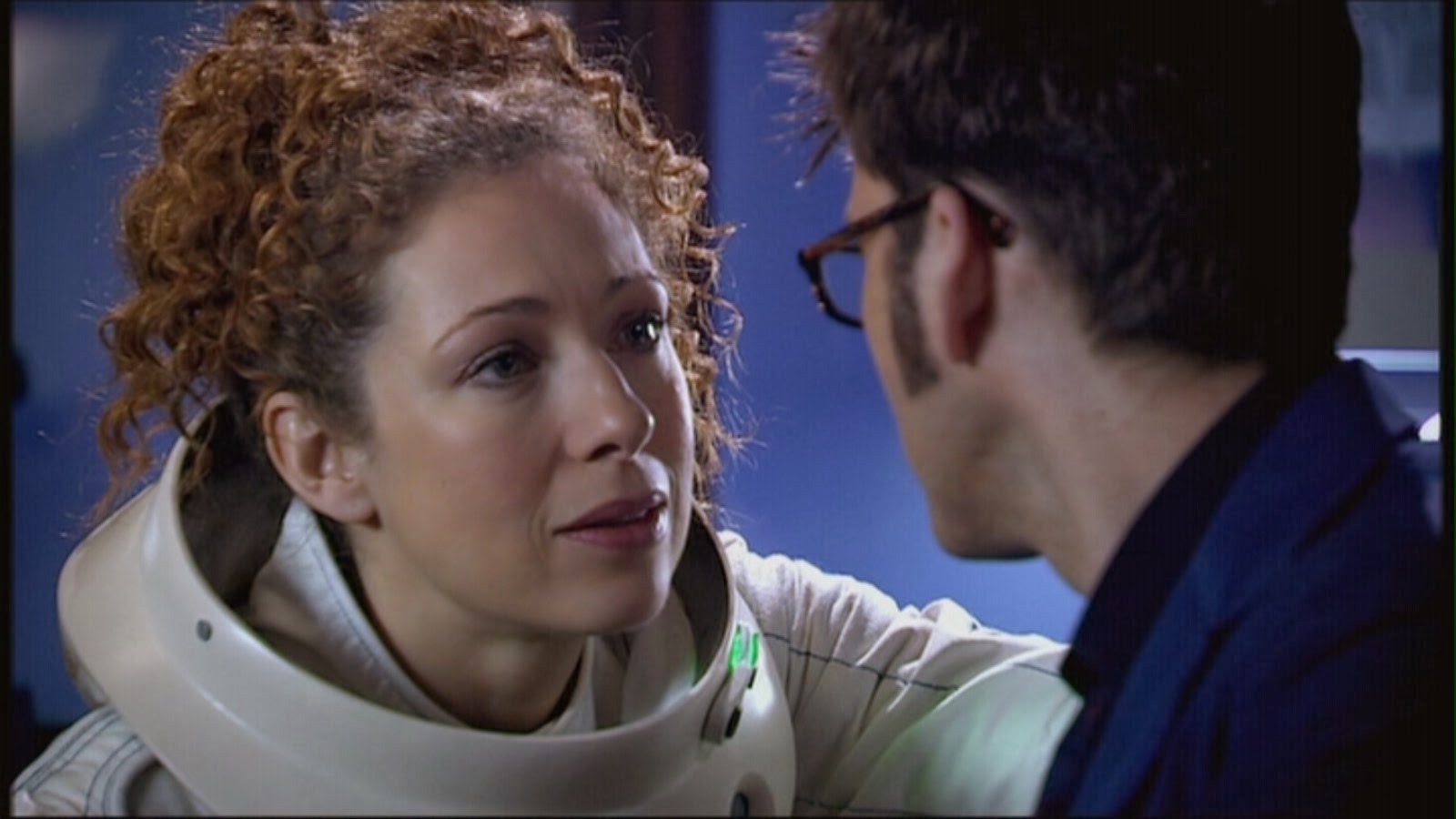“…of a mingled yarn”: Yesteryear
 |
| Godzilla vs. Spock was one of the lesser-known Godzilla films of this period… |
“Yesteryear” is pure D.C. Fontana.
When returning from a mission of research into Federation history through the Guardian of Forever, Kirk is stunned to find out nobody on the Enterprise seems to recognise Spock, and that he himself doesn’t recognise the person the crew is calling the ship’s first officer: The Andorian Commander Thelin. A brief scan of the ship’s record banks indicates that Sarek and Amanda, Spock’s parents, divorced about twenty years ago after the death of their only son, Spock. This is of course, patently untrue as Spock is sitting at the table as the computer relays this information. The computer goes on to say that Amanda was later killed herself in a shuttlecraft accident. Reasoning that history has somehow been changed by their presence in the past, Kirk and Spock return to the planet and Spock recalls that the date he is said to have died is the same day he remembers being saved by his cousin Selek from an attacking wild animal. After being pressed by Kirk, Spock recalls that actually, now that he thinks about it, Selek looked an awful lot like him.
Before we go any further, I want to talk a little about the temporal mechanics in this story, as they’re fascinatingly not the norm for time travel stories. The crucial detail is in how the Guardian of Forever works: It exists at the vortex point where every timeline in the universe converges and, as a result, endlessly broadcasts a record of every possible time stream. We can interact with it by leaping through it at the appropriate moment. What happened was that while Kirk and Spock were in the past, Vulcan’s own history was being broadcast at the same time. Because Spock saved his own life and he was in a different time stream when the moment he was supposed to save himself was playing, he missed the crucial moment. But he doesn’t erase himself from history, to the contrary: He turns both himself and Kirk into historical orphans by jumping each other’s time streams. In other words, the Guardian of Forever works like a television set.
Although this was hinted at a bit in “The City on the Edge of Forever”, it’s extremely clear in “Yesteryear”. The different time streams are easily comparable to television stations, and the slow, methodical cycling through them all is very much like someone sitting down and turning the dial on their set. The Guardian even looks like an old-style tube TV in this episode. This is altogether fitting in the context of the position Star Trek is now in: The Original Series is now more popular than it’s ever been and is enjoying runaway cult success in perpetual, neverending syndicated reruns. Meanwhile, along comes the Animated Series attempting to make a decisive claim for what the future of the franchise should look like, and there’s already a considerable amount of ambivalence about the project.…






